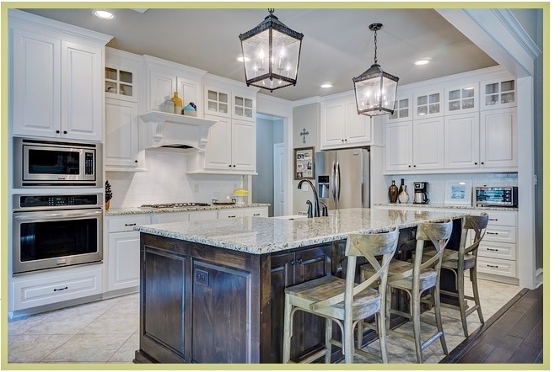As you can probably guess, when you're preparing to move, you'll need boxes and tape — and, perhaps some bubble-wrap or old newspapers to use as protective wrapping for delicate items.
But that may not be all you need. Take a look at this list and see if you'll want any of these on hand while you’re packing or on moving day.
• Colour markers for labelling boxes. (Tip: Colour coding boxes by room will make unpacking much easier.)
• Stretch wrap to protect larger items that can't fit into a box.
• Small plastic bags to store dis-assembled parts, such as sofa legs, cabinet hardware, etc. (You don't want to lose them!)
• Moving blankets to protect floors.
• A dolly or hand truck to move heavy items. (You can rent these.)
• Mattress moving bag. This helps prevent stains and tears during your move. You can also buy specialty bags for sofas and tables.
• Reusable foam furniture sliders, to protect floors when furniture needs to be pushed into place.
• Foam corner protectors. This prevents furniture with sharp corners from banging and damaging other items during a move.
Planning ahead and having the right packing materials on hand will makeyour move less stressful and, hopefully, damage-free!








 Moving around the corner or even across town is relatively simple because you are likely familiar with the various neighbourhoods and you can access them anytime. If there's a listed home you want to view, you can simply go see it.
Moving around the corner or even across town is relatively simple because you are likely familiar with the various neighbourhoods and you can access them anytime. If there's a listed home you want to view, you can simply go see it.




